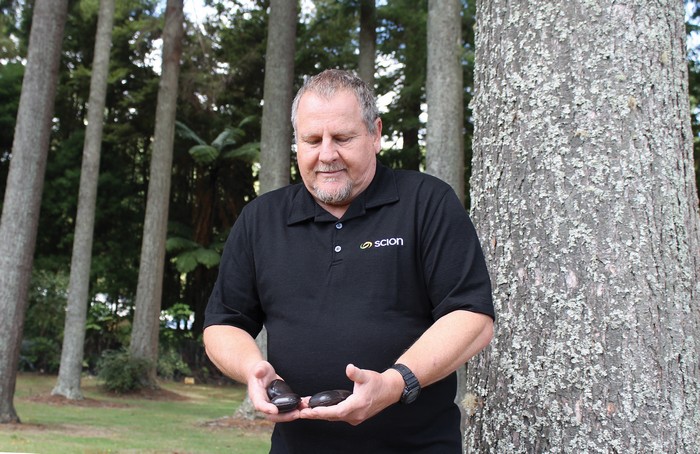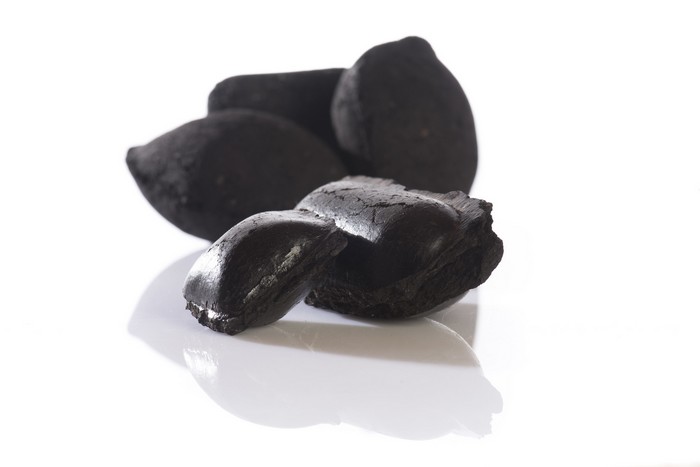'Bio-coal' for better burning bioenergy

Swapping coal for bio-coal from renewable resources is a fast way for New Zealand to remove the greenhouse gas equivalent of up to 20 percent of light vehicles from our roads. Utilising this technology would reduce our greenhouse gas emissions, rejuvenate regional economics and create jobs. How do we make it happen?
Sustainable energy
The Climate Change Commission’s recent draft advice on decarbonising New Zealand’s economy calls for the country to reduce its carbon emissions and points out this can be done with technology we already have. This is definitely the case when it comes to phasing out fossil fuel use in heating and industrial boilers.
What stops New Zealand from using forestry biomass instead of coal and gas in industrial boilers? The largest source of biomass for biofuels in New Zealand comes directly or indirectly from forestry. Waste products from sawmilling, papermaking and other wood processing operations are already burnt to provide energy to these processes. In cases like Red Stag Timber, wood waste is used to generate electricity and heat to kiln dry timber, with any excess power being fed into the national grid.
Forestry and mill residues could fuel boilers in other industries, but their low bulk density, high moisture content and low energy content in comparison to coal means in many cases they cannot directly replace coal in existing boilers. However, heat and pressure can transform wood waste into high energy, high density bio-coal.
The process of heating biomass to temperatures of up to 300°C in the absence of oxygen is called torrefaction. When woody biomass is torrefied, bound water is removed, which increases the energy density, and makes it less likely to reabsorb water. The wood cell walls are also weakened, making it easier to compress the torrefied wood into dense pellets or briquettes, which further increases the
volumetric energy density (GJ per cubic metre).
Scion researchers are optimising the torrefaction and densification of woody biomass to produce solid biofuels that are durable, moisture resistant and have an energy density close to that of sub-bituminous coal (20 to 21 GJ per tonne and 17 GJ per cubic metre).
Peter Hall, bioenergy researcher at Scion, says torrefied wood pellets or bio-coal can be robust and shipped and handled like coal so it can be used in existing supply chains/boilers. In some cases, it could replace coal or be used as a co-firing fuel.

Scaling-up
On a regional scale, Gisborne would be a logical place to establish a solid biofuel plant. Considering local raw material availability, Peter has calculated a plant processing 120,000 green tonnes of wood residues could produce 50,000 tonnes of torrefied wood pellets per annum and reduce New Zealand’s greenhouse gas emissions by around 100,000 tonnes per annum, the equivalent of taking 40,000 cars off the road.
A torrefied wood pellet plant of this size, using off-the-shelf and locally made technology, would cost around NZ$50 million and could be up and running in two to three years. Overall, the plant would create at least 50 jobs locally, plus around 30 extra jobs collecting and delivering the residues and add $14 million to the regions and country’s GDP.
Nationwide, New Zealand burns around one million tonnes of coal every year, creating around two million tonnes of greenhouse gas emissions. We could replace that coal use permanently by switching to solid biofuels, with a dedicated forest estate roughly the size of Wellington City, to ensure the supply of the renewable biomass feedstock (120,000 ha harvesting 5,000 ha per annum). This one change would be the equivalent of removing between 600,000 and 800,000¹ cars from the road, 15-20 percent of all of New Zealand’s light vehicles.
A movement to replace coal with biomass is unlikely to happen by itself. New Zealand needs leadership at a national level and a national commitment to do things right. The investment needed is large but necessary to reduce the country’s dependence on fossil fuels, reduce our greenhouse gas emissions and help rejuvenate regional economic and employment growth as we head to a more sustainable future.
¹ Assuming the average car travels 14,000 km per year (aa.co.nz) and uses seven to 10 litres per 100 km (transport.govt.nz).
